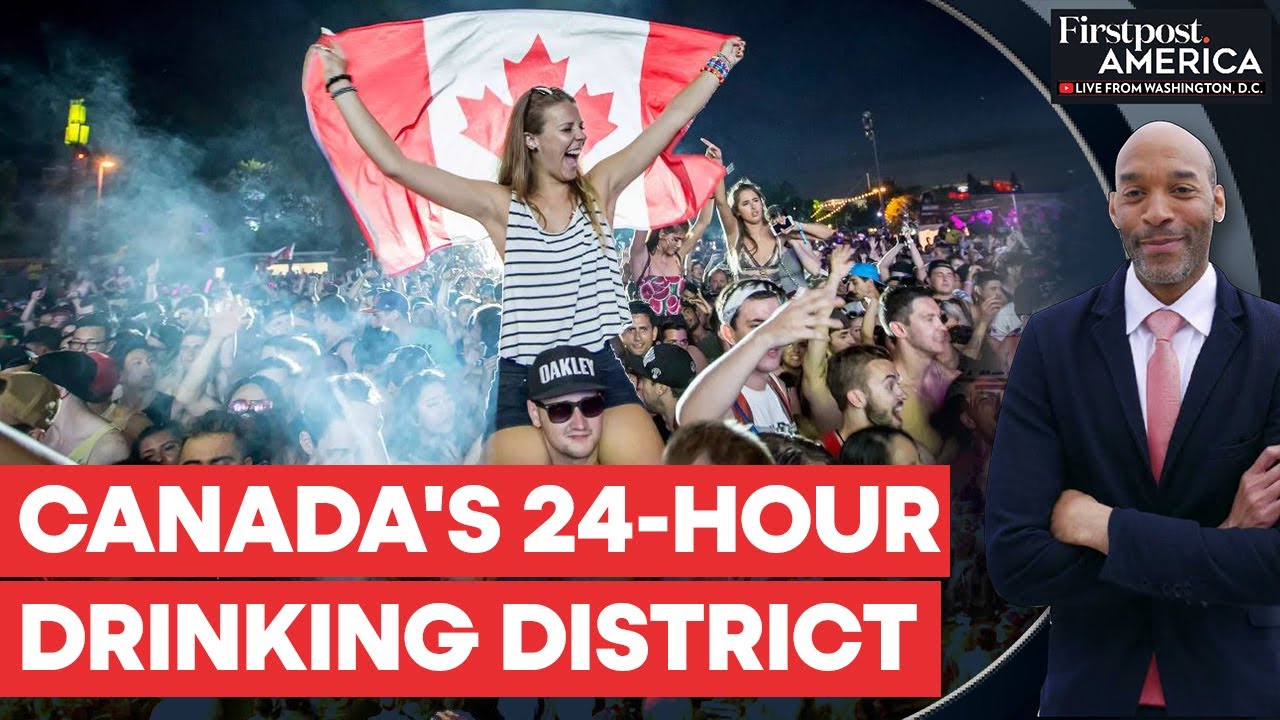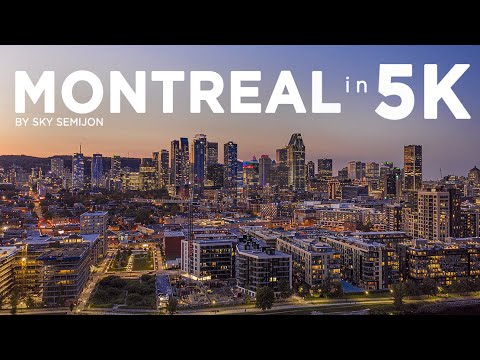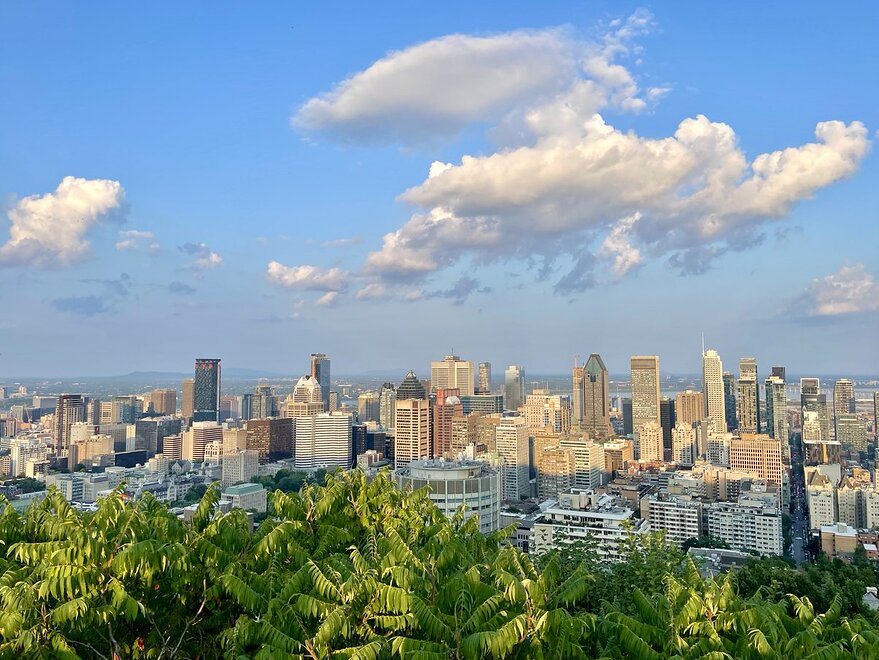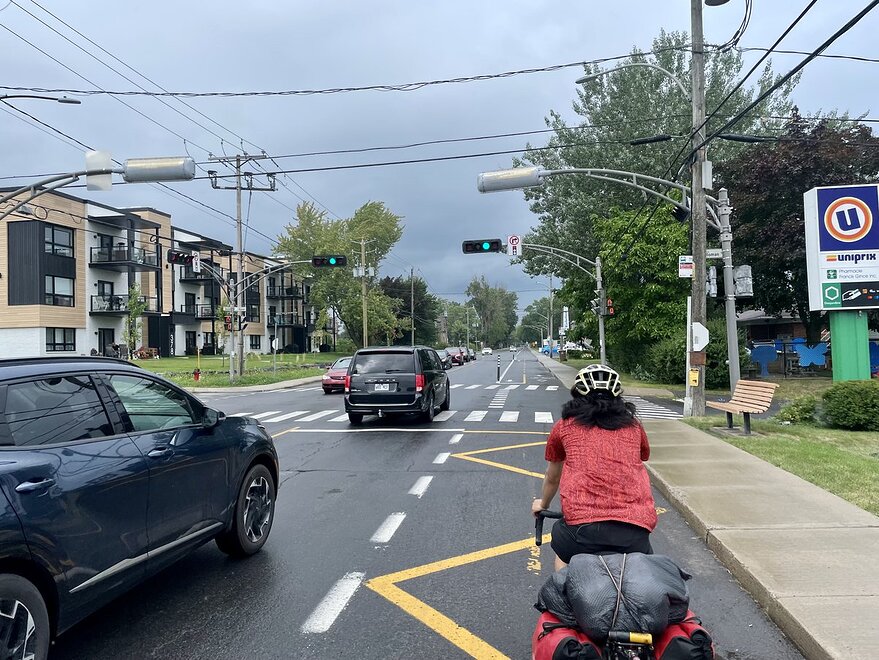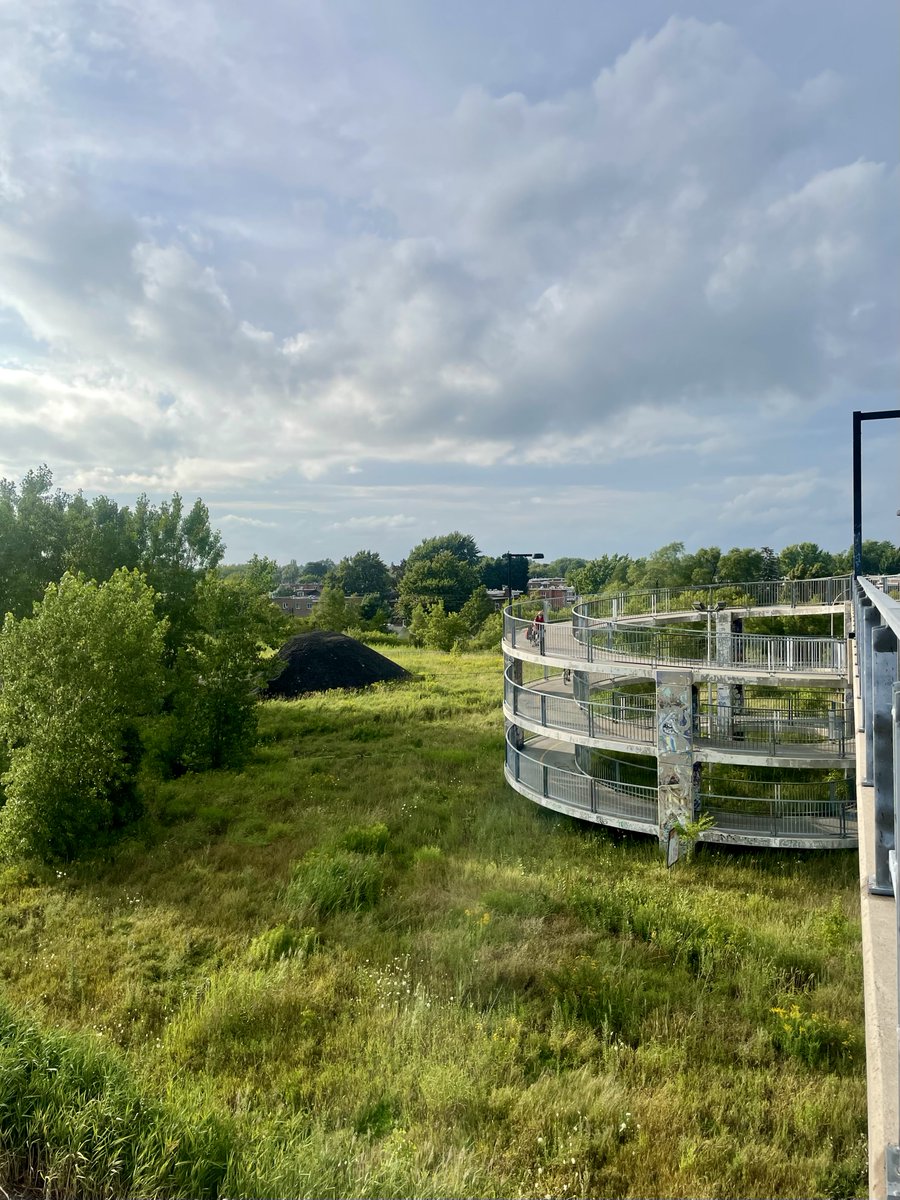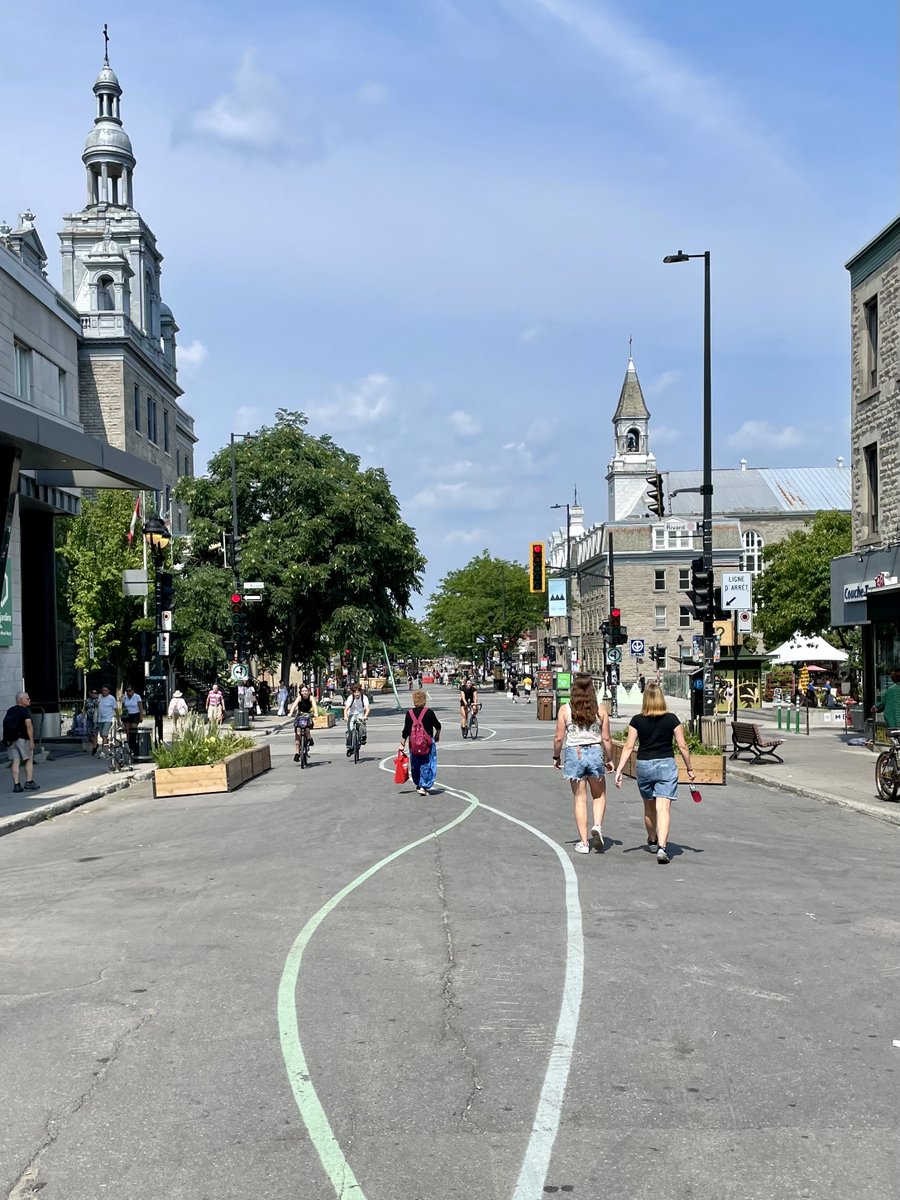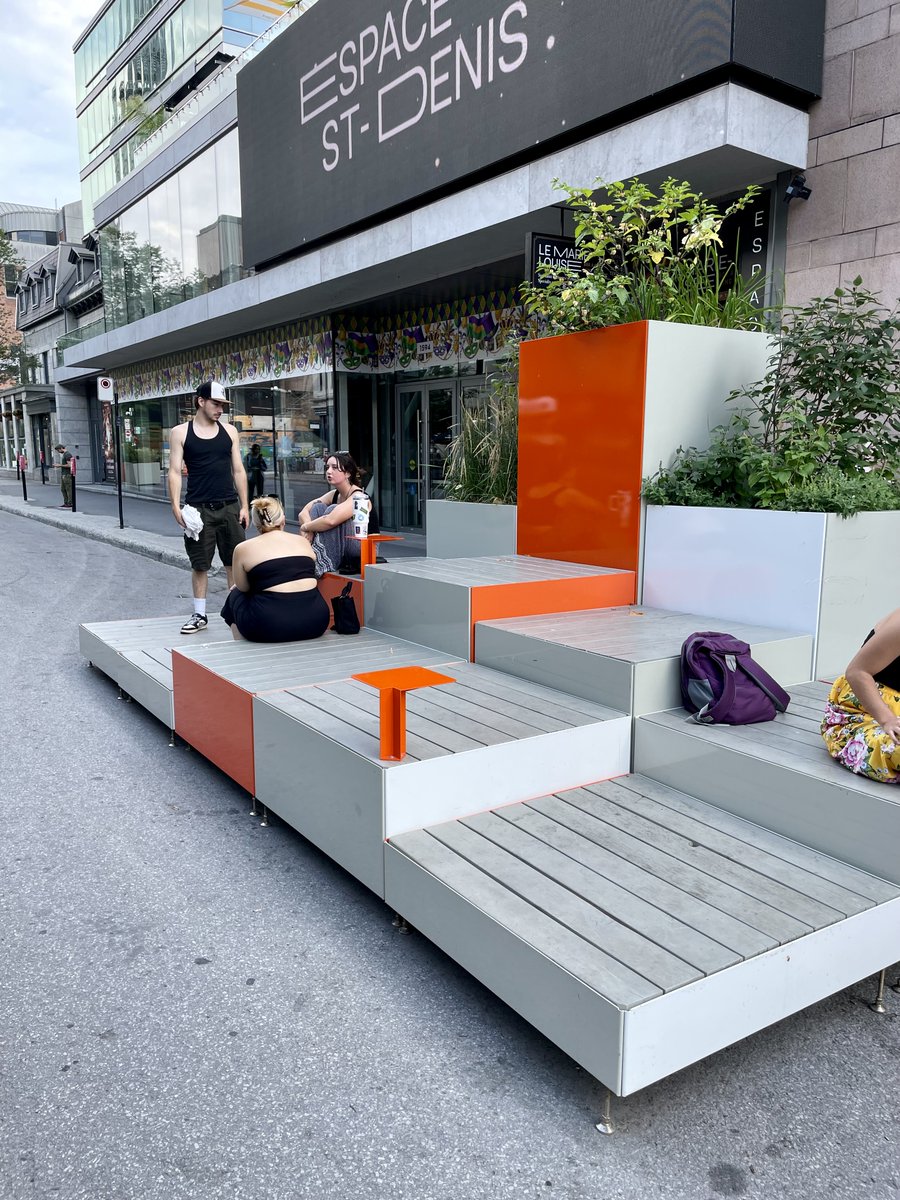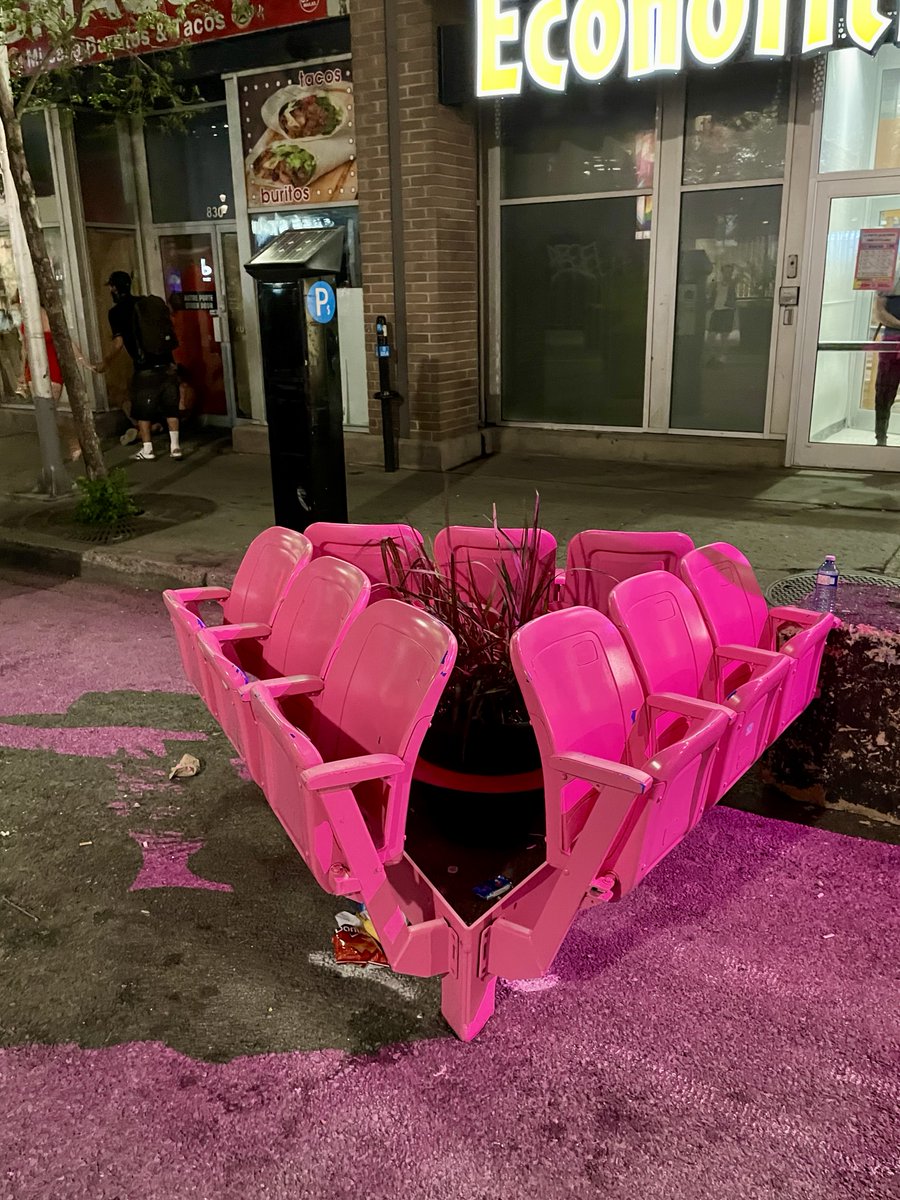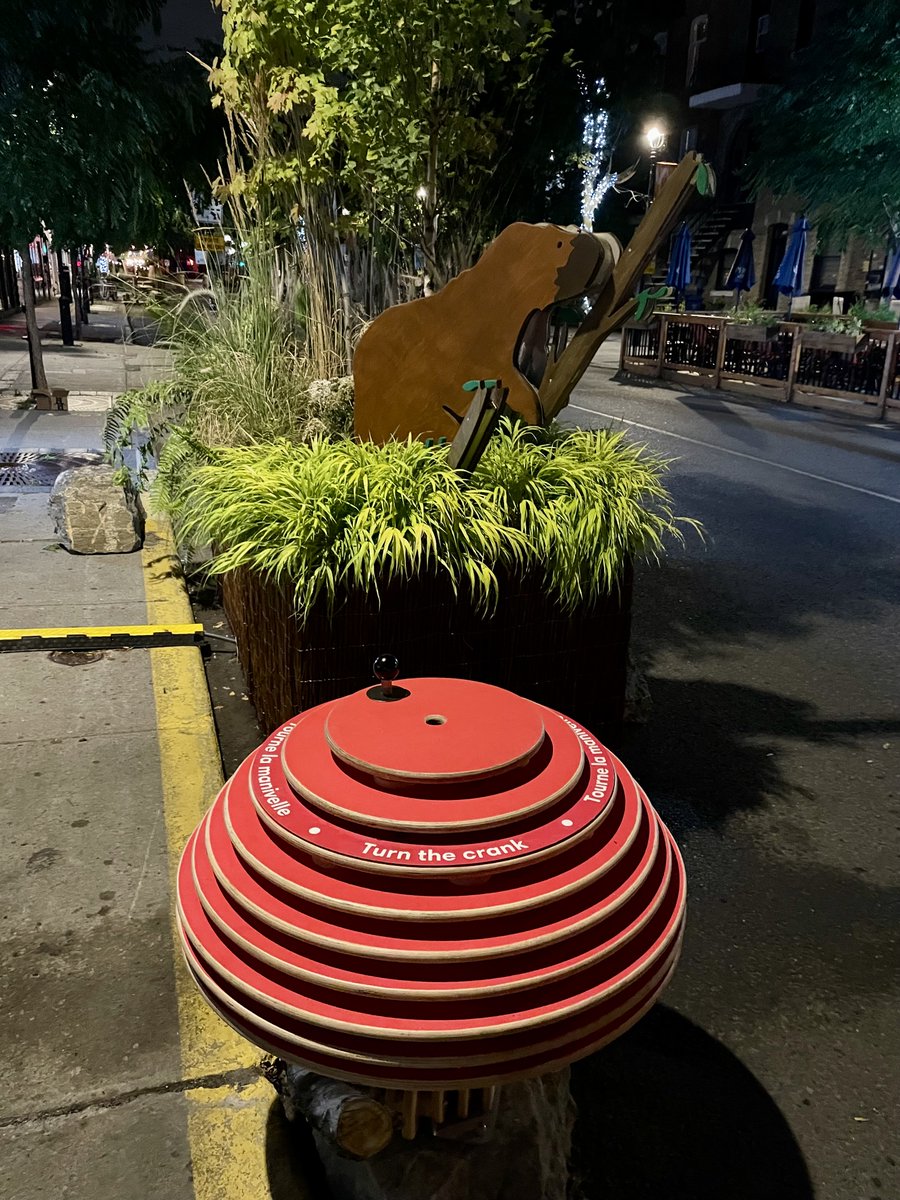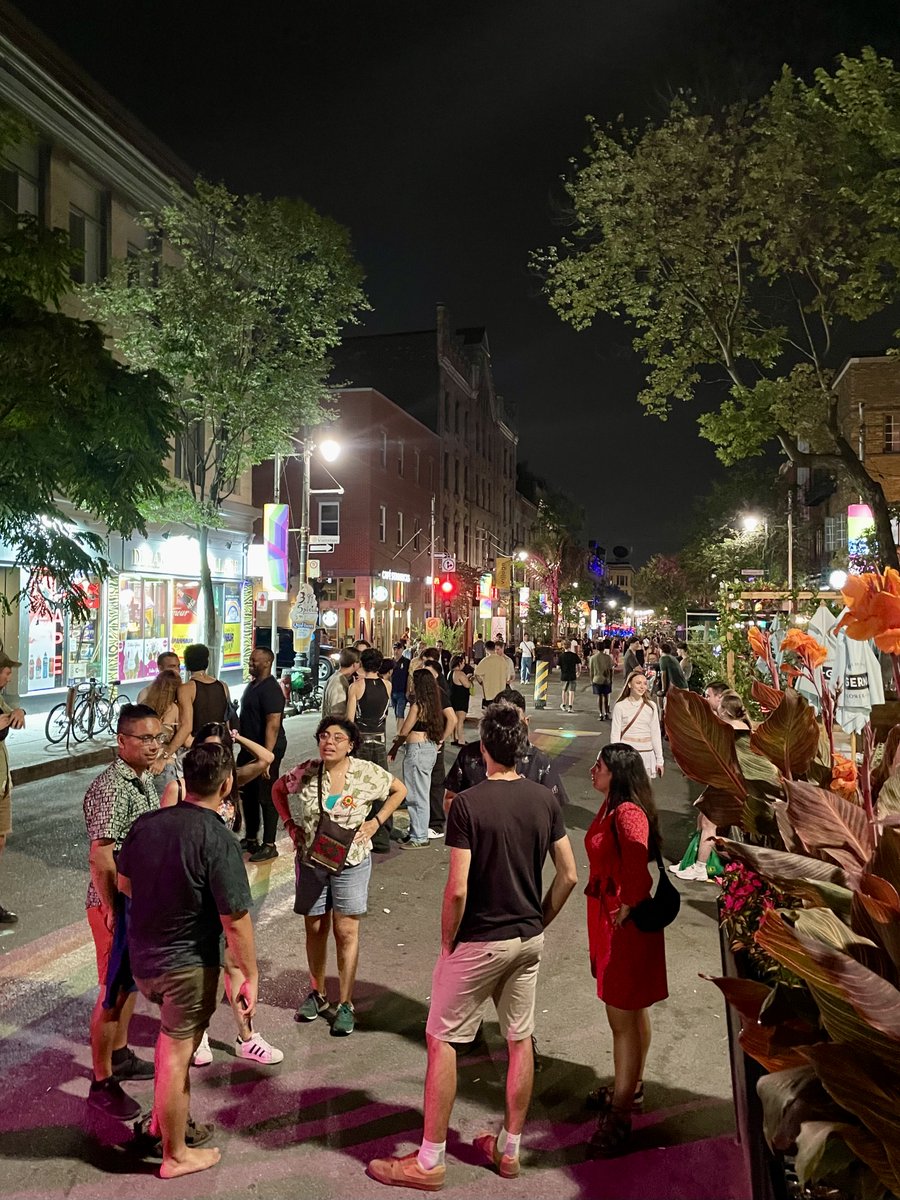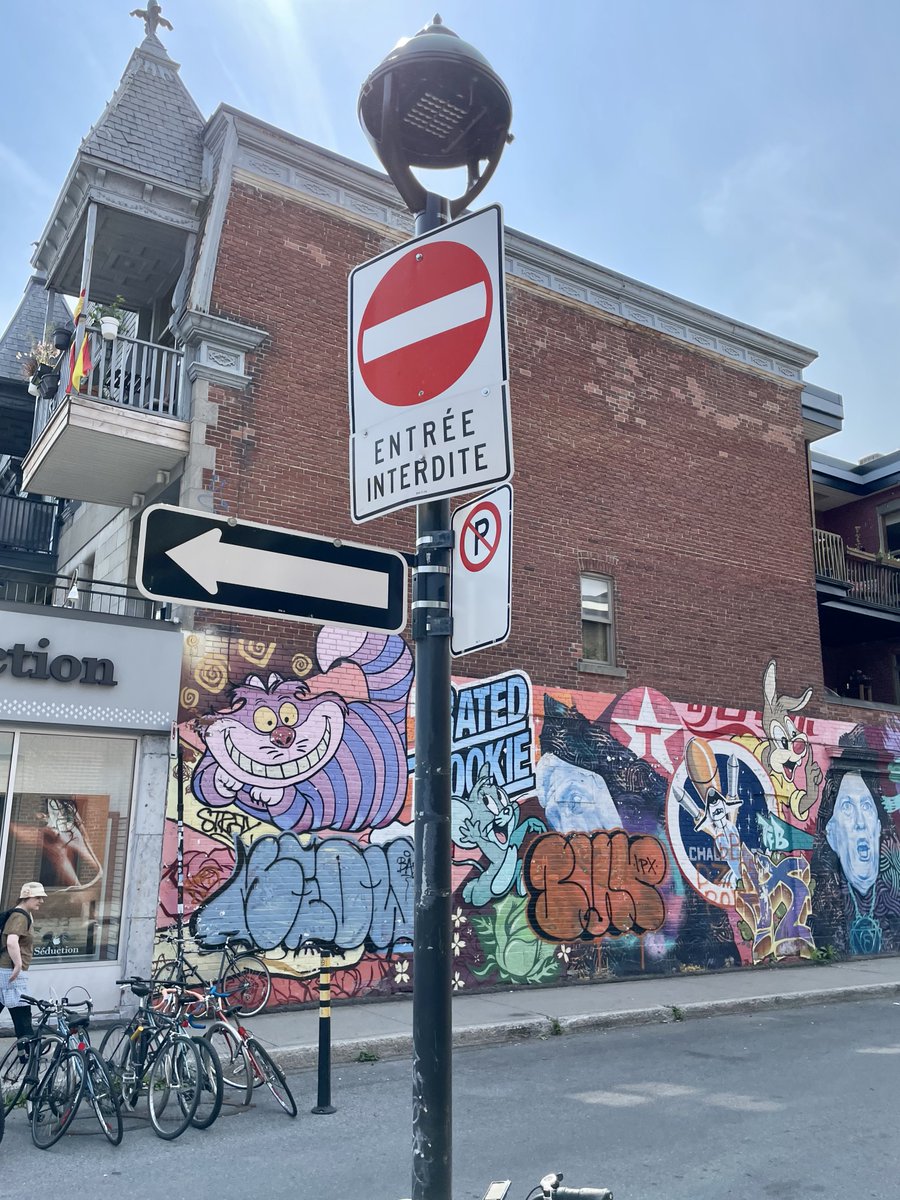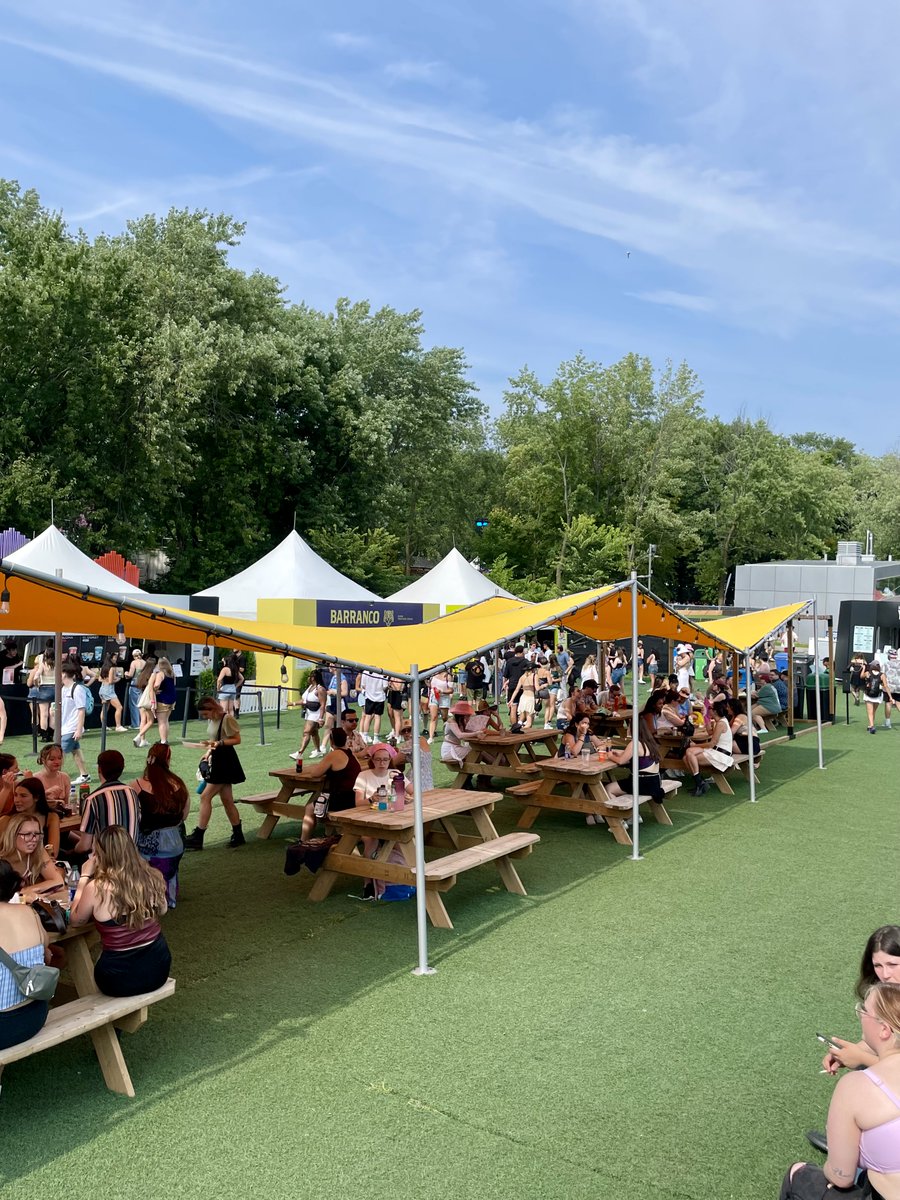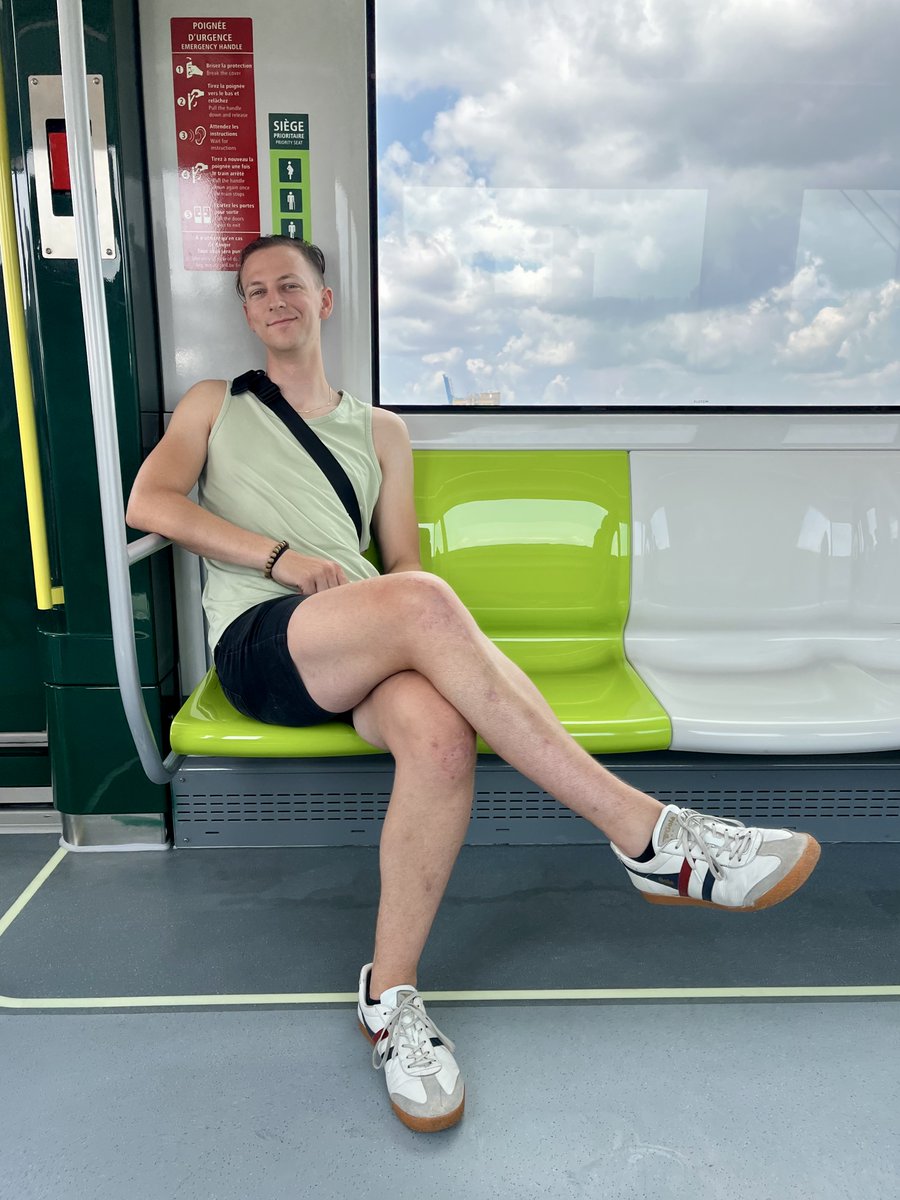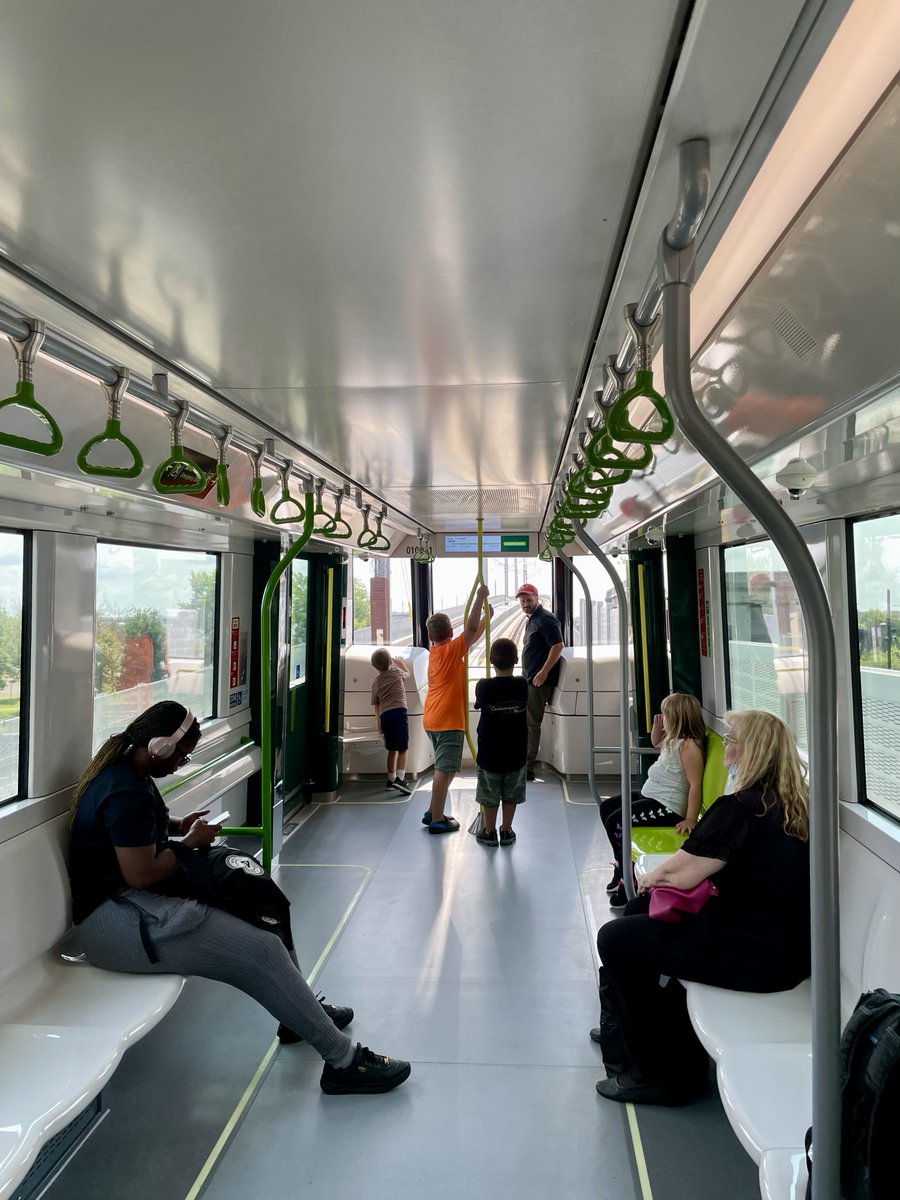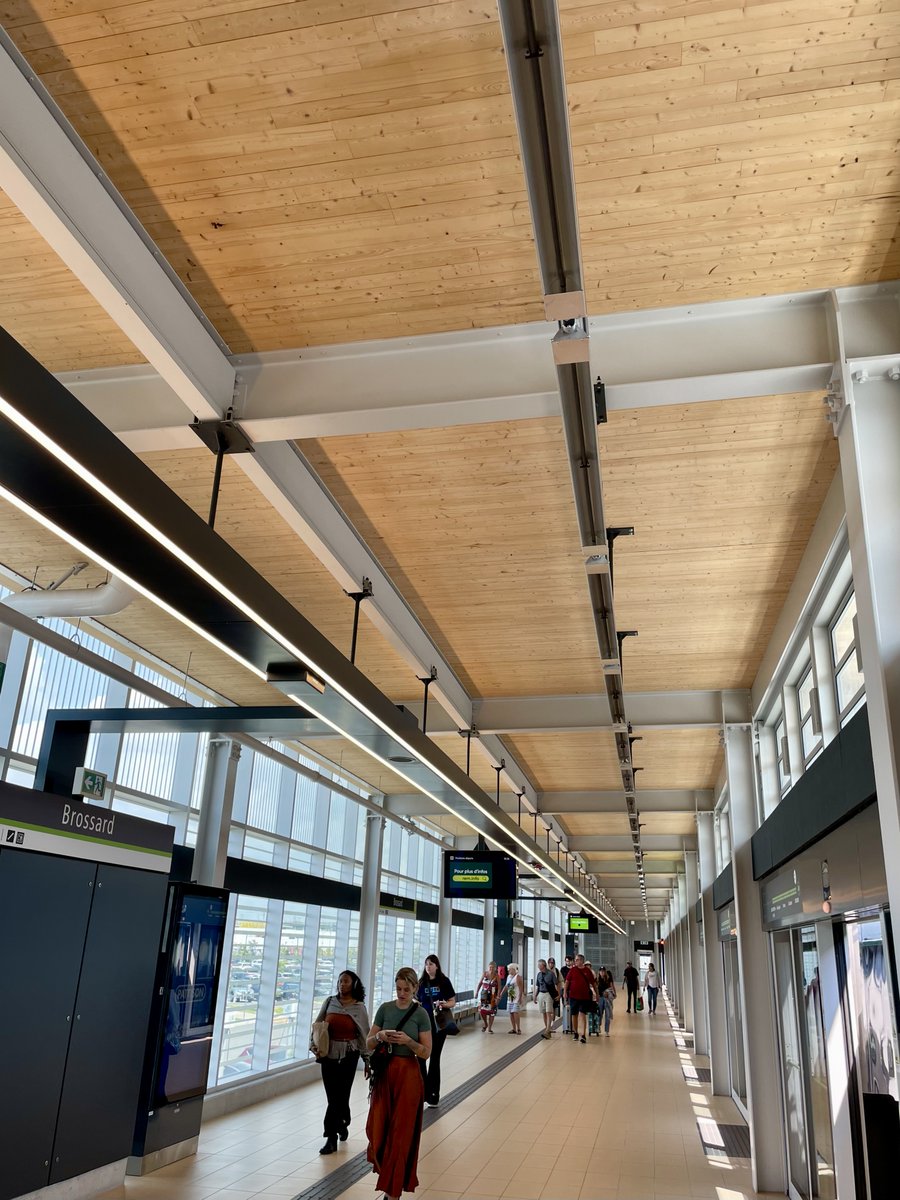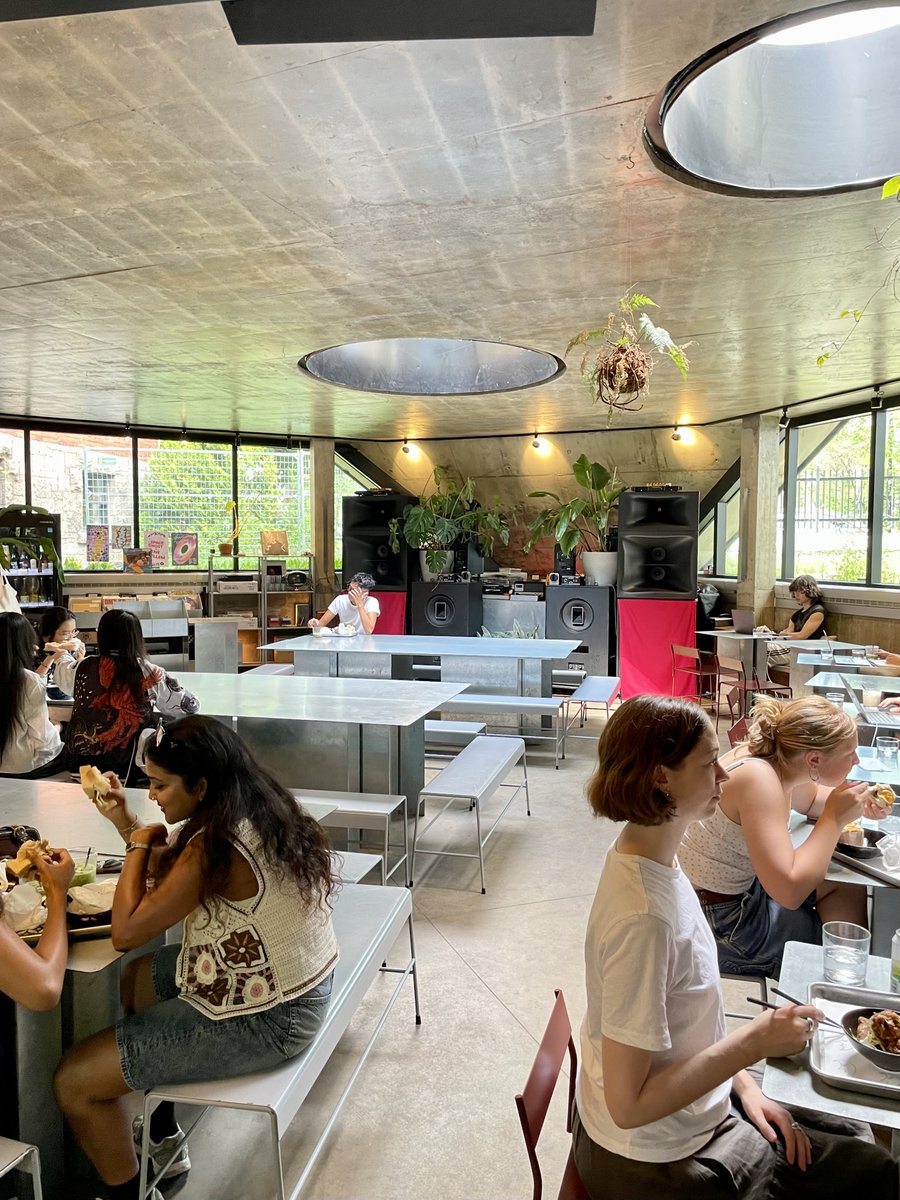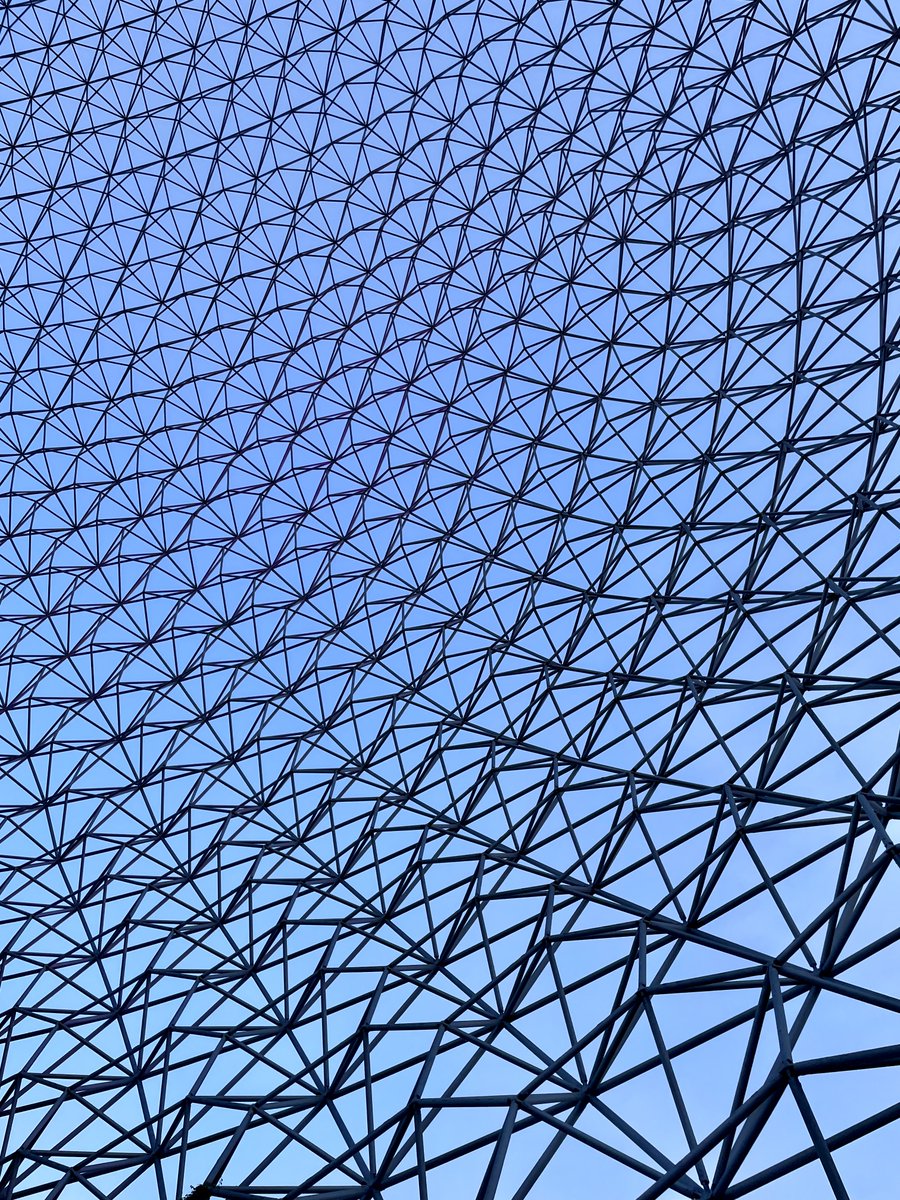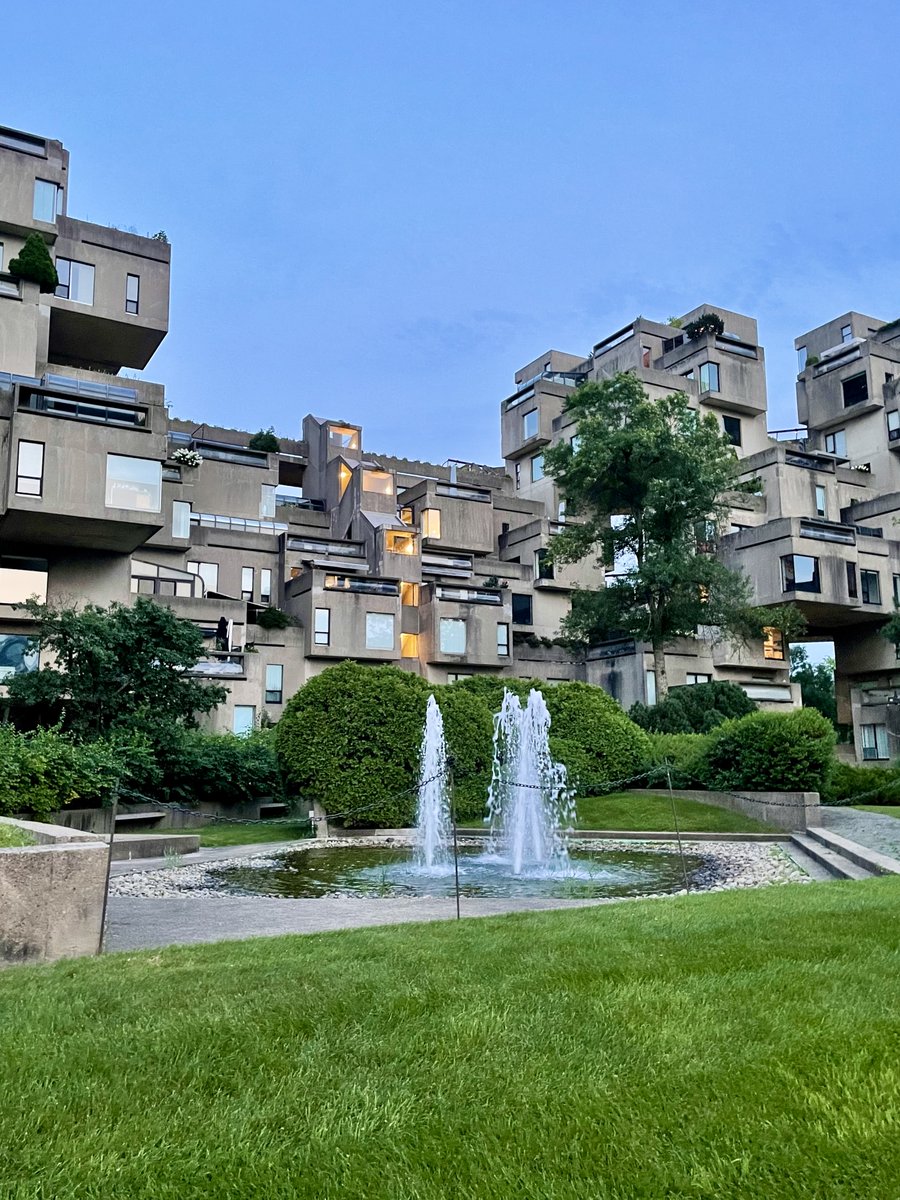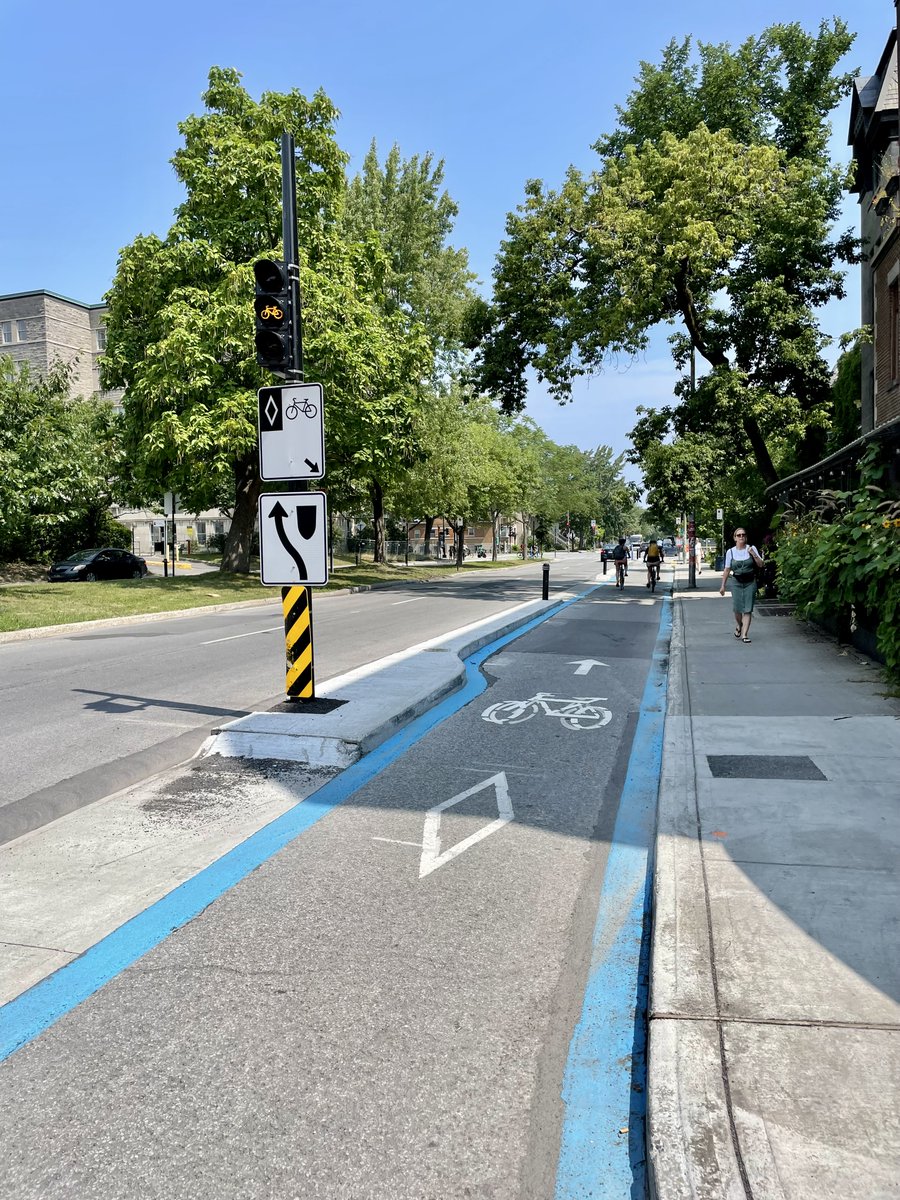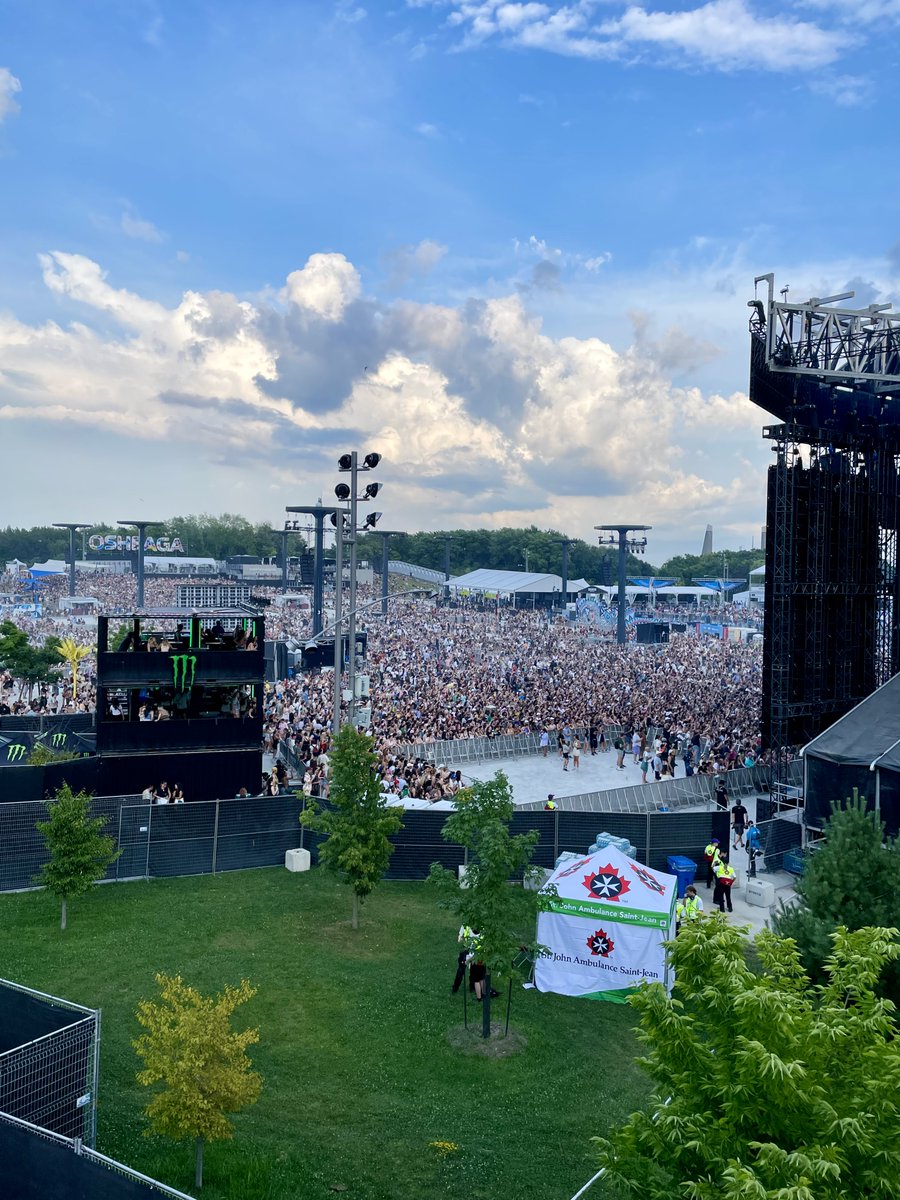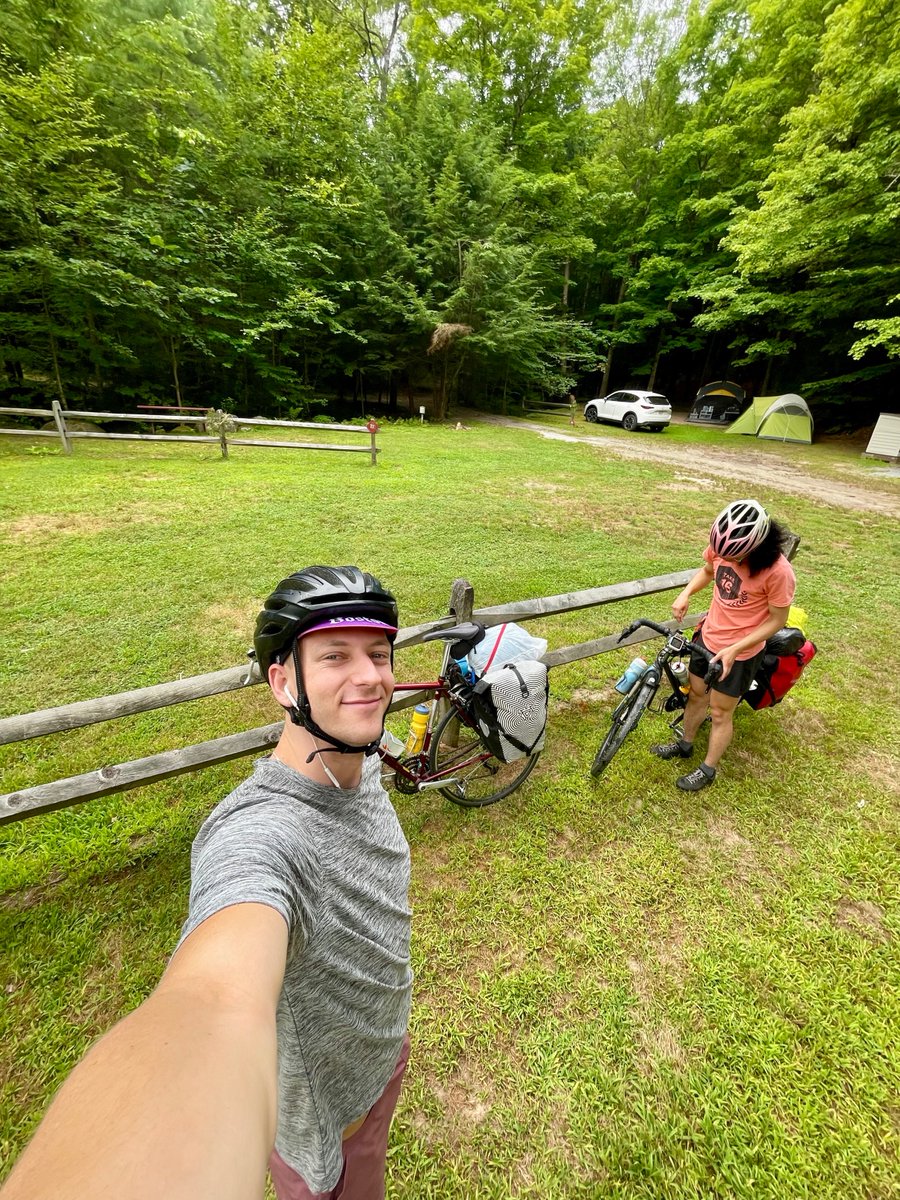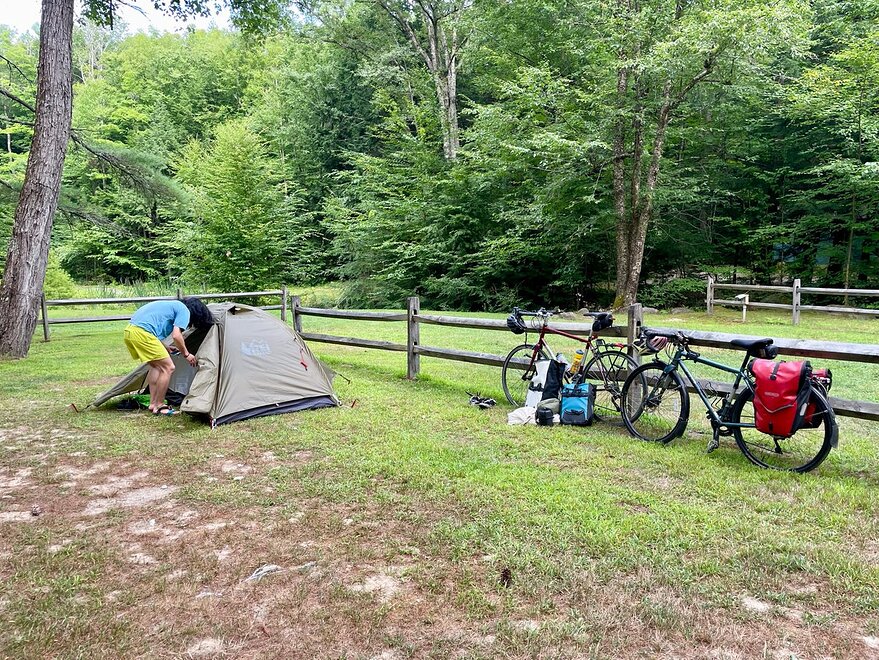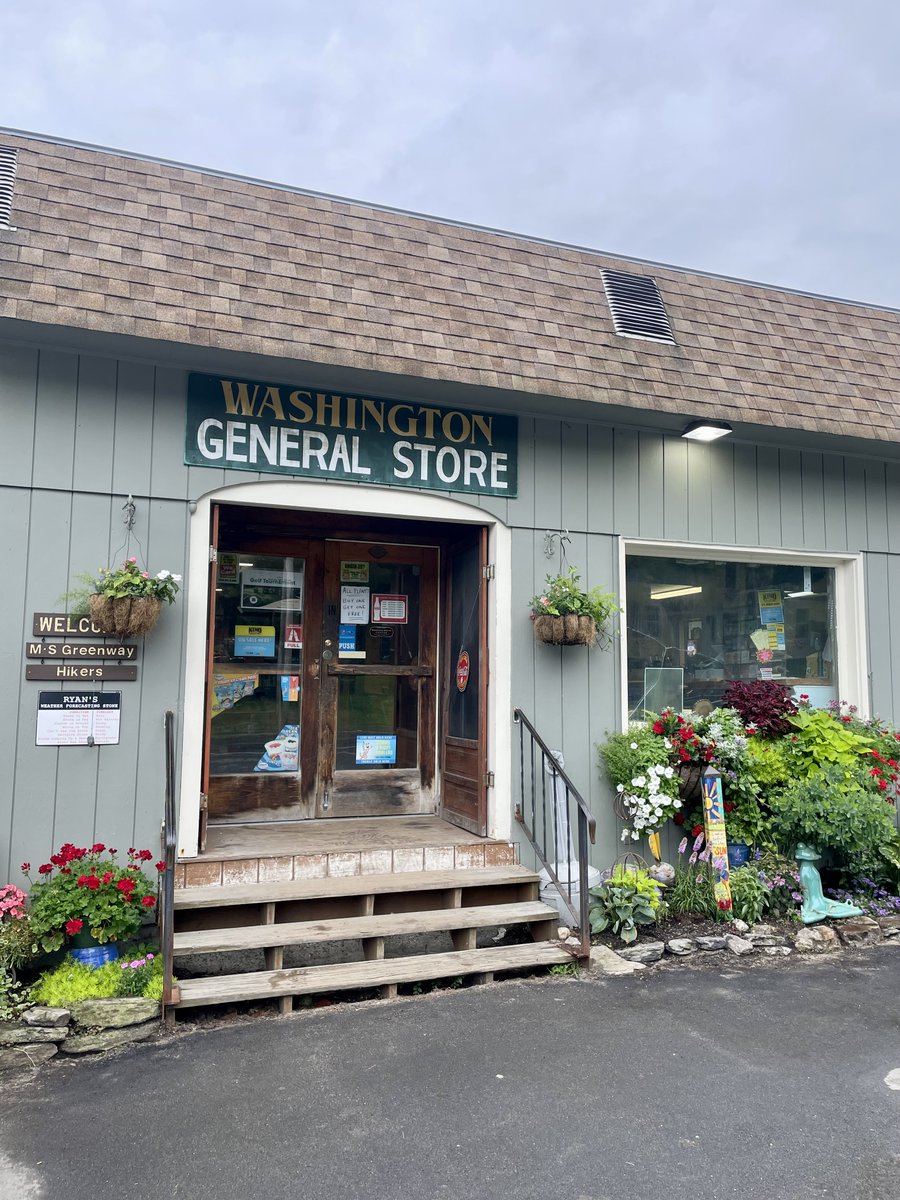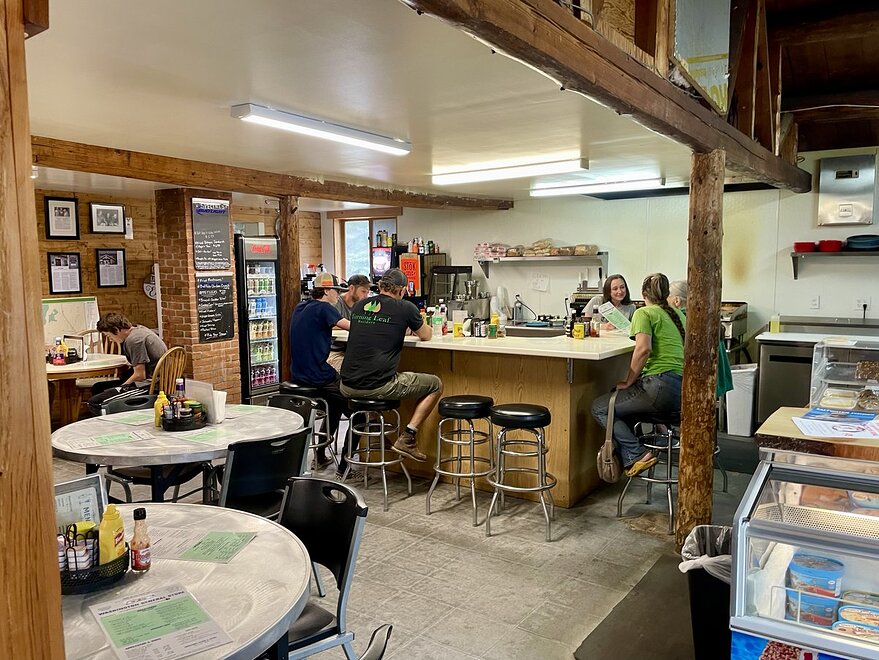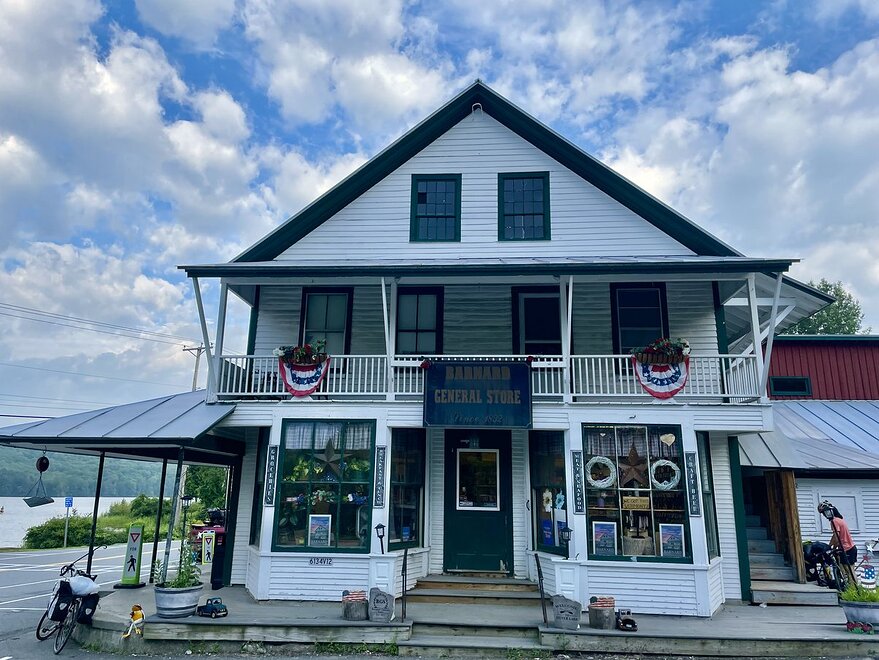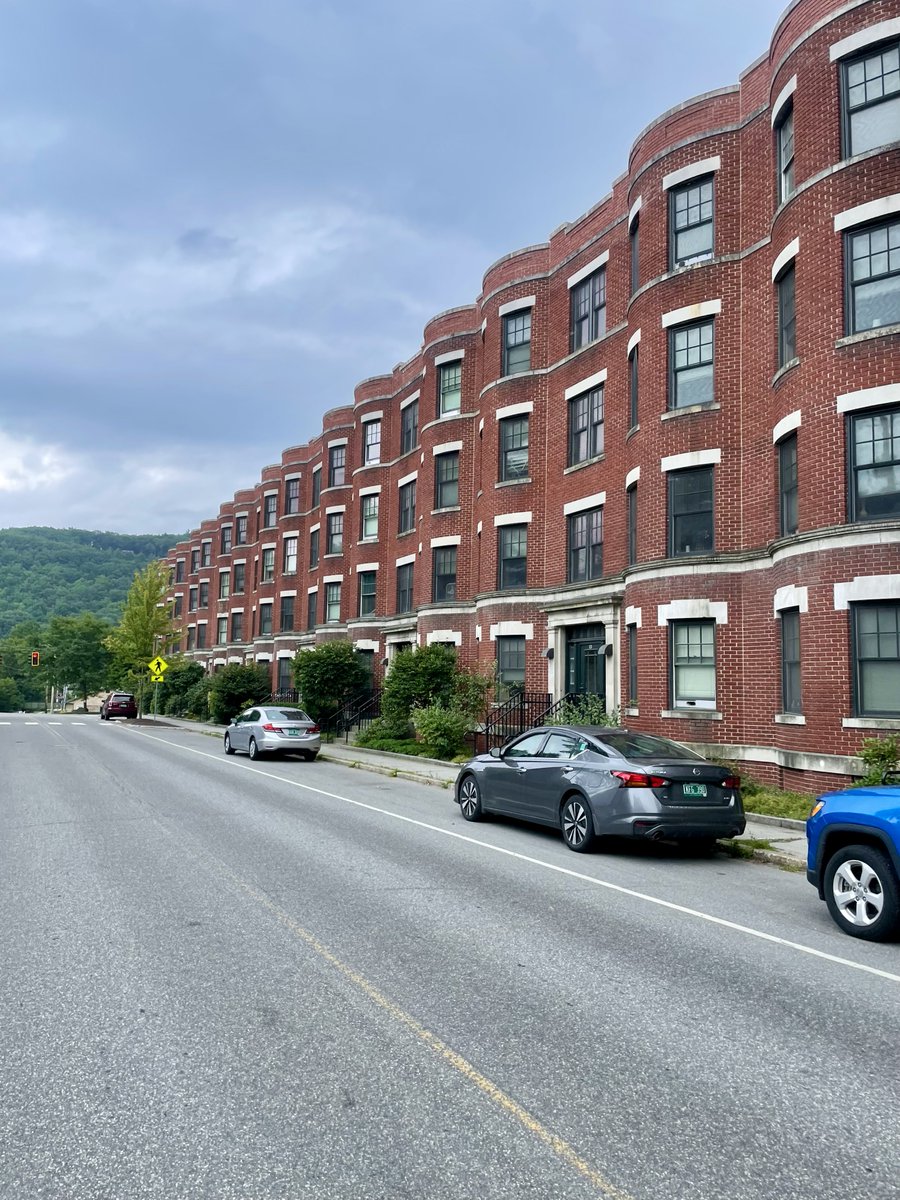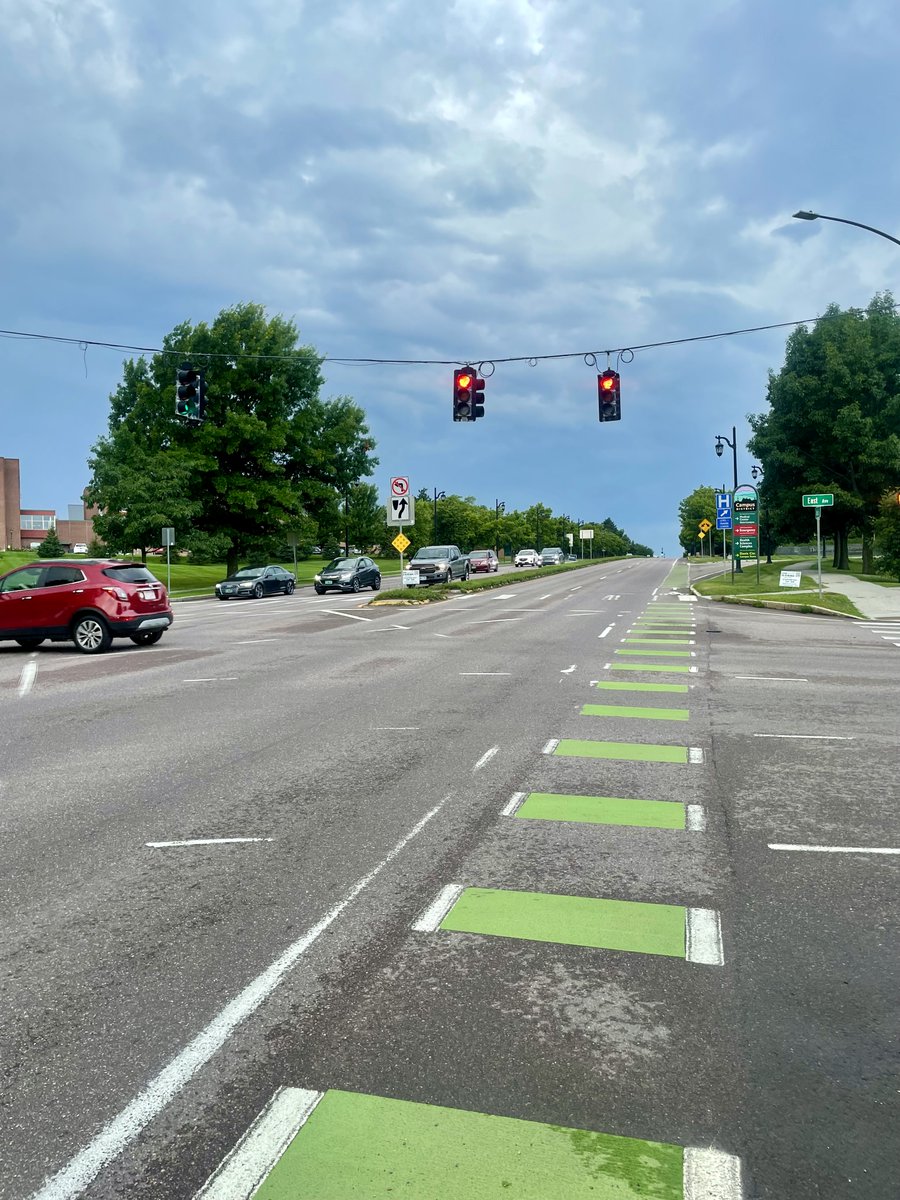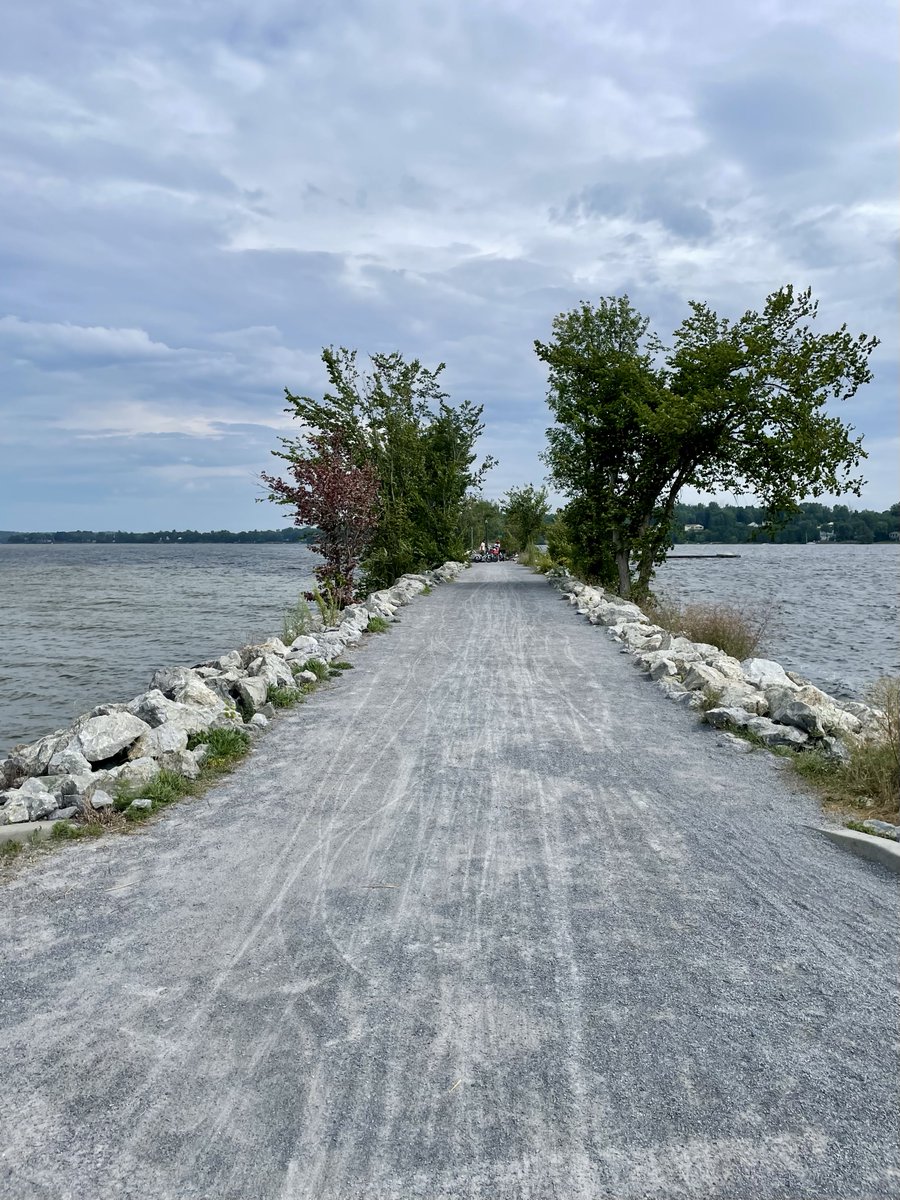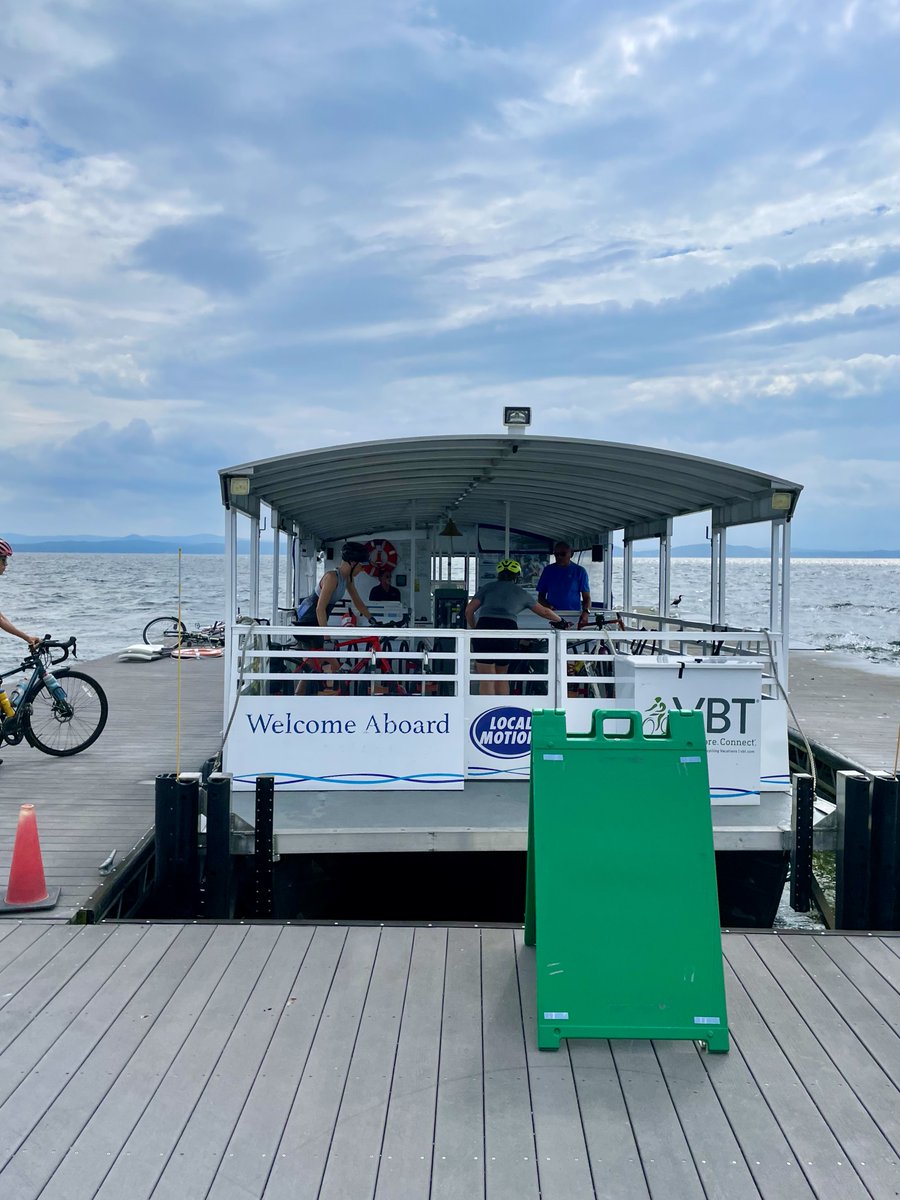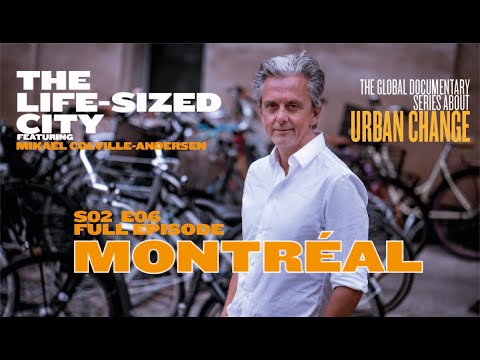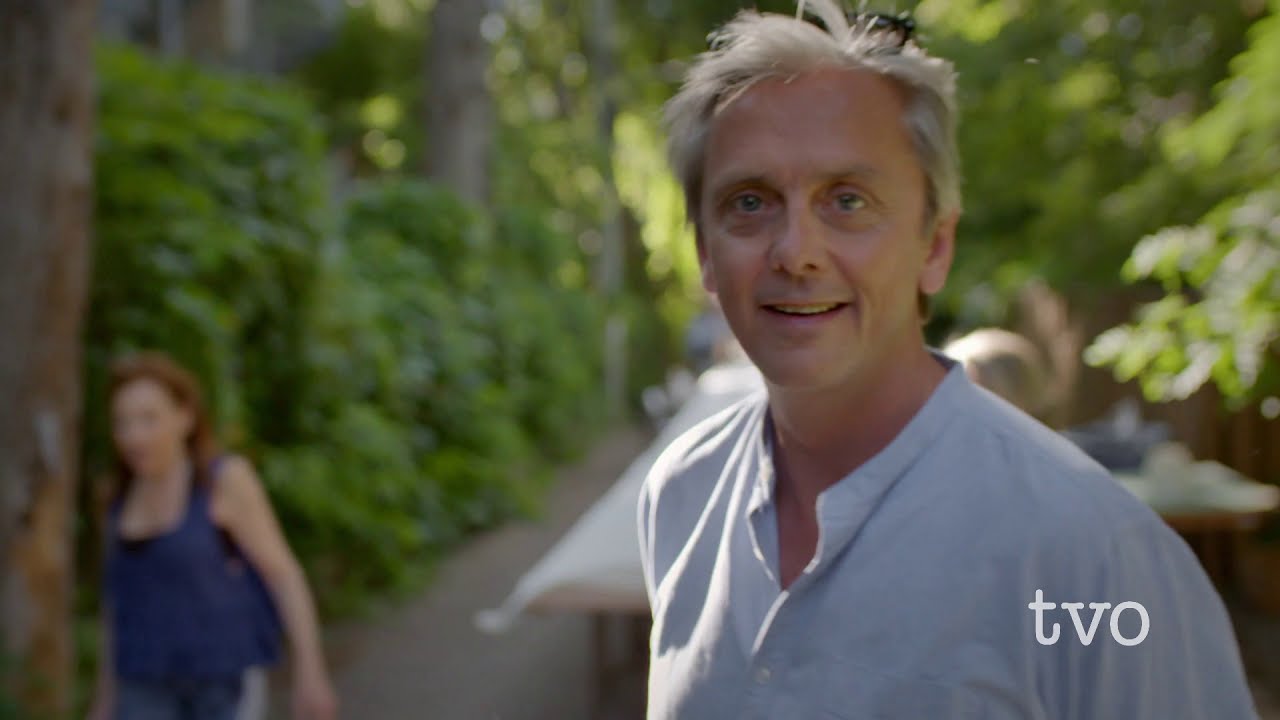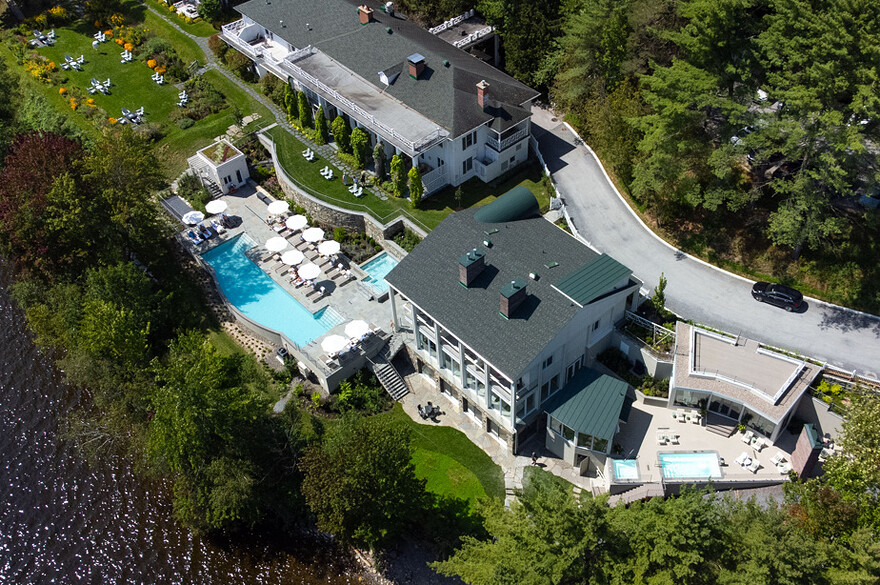Chronique de Marcus Gee dans le Globe and Mail sur ce que les autres villes canadiennes peuvent apprendre de Montréal en terne d’urbanisme
Texte complet : What we can learn from Montreal’s many glories
What we can learn from Montreal’s many glories
MARCUS GEE
TORONTO
PUBLISHED 58 MINUTES AGO
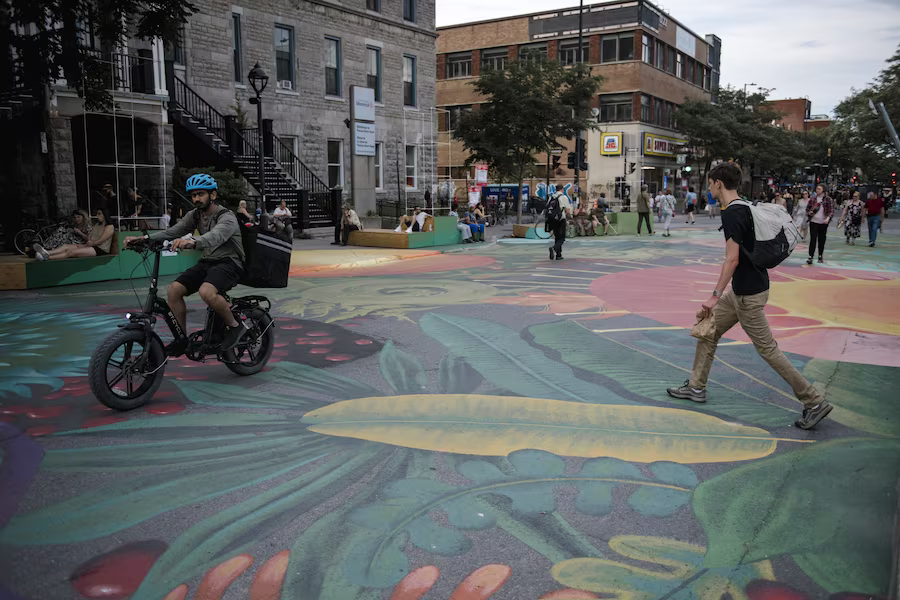
A piece of art named ‘Mother Nature’ on Mont-Royal Street in Montreal on June 23.
ANDREJ IVANOV/THE GLOBE AND MAIL
Montreal has many glories: the Old Port, the McGill campus, the grand parks like La Fontaine and Jeanne-Mance, the arts venues of the Quartier des spectacles, the parks and trails of “the mountain” itself. But it’s the little things that impress a visitor the most.
In the Plateau district, where I have been spending most of my time, street corners have small, carefully tended sidewalk gardens planted with yellow lilies and hardy grasses. The echinacea are just starting to come out.
The laneways that run off many streets have been turned onto ruelles vertes, or green lanes, where kids play, adults garden and neighbours gather for weekend parties. What were once shabby, inhospitable back alleys have become green oases.
The streets themselves have been transformed to calm traffic and make walking safer. The city has narrowed some busy roadways, like Laurier, widening the sidewalks in the process. Bump-out corner curbs at neighbourhood intersections further discourage fast driving, while providing space for those lovely little garden plots.
In the summer Montreal closes some major avenues to traffic altogether. The biggest success is the car-free zone on Mont-Royal Avenue, which just opened officially for the season. On a recent weekday it positively teemed with urban life. Couples, dog walkers, joggers, cyclists, tourists, scooter riders, families pushing strollers – the whole city seemed to be out enjoying the scene.
It is attention to the small details that makes it work so well. Every year the city brings in artists, designers and landscapers to help do up the street. This year they have replaced its standard yellow centre line with two wavy lines of pastel green and blue – a visual signal that, here at least, the car is no longer king.
On one block, a photographer’s playful work is displayed on big sign boards. On another, wooden planters hold flowers, vegetables and herbs. Clever street furniture invites passersby to lounge. Outdoor restaurant patios spill onto the pavement.
Two parks on the street provide yet more evidence of Montreal’s passion for good design. One features a splash pad where kids can play amid big boulders like you might find in a Laurentian stream. A synthetic, illuminating cloud hangs overhead. Another has a long communal picnic table, a climbing gym and towers of flowering purple clematis. In one corner stands a public piano, housed in an open shed, that visitors can play.
Though Montreal’s parks, like Toronto’s, can be scruffy, many are getting upgrades. In La Fontaine, an open-air theatre reopened a couple of years ago after an award-winning renovation. It has a full summer of performances on tap.
Why is Montreal so much better than other Canadian cities at this kind of stuff? You could argue that it is cultural, a product of the city’s long history and artsy vibe. But, in fact, Montreal has not always been an urbanist’s dream. In many ways, it still isn’t.
Its sprawling suburbs are as bland and as car-dependent as Calgary’s or Vancouver’s. In the postwar era, Montreal fell for expressways, malls and subdivisions just like the rest of North America.
Only in the past couple of decades has that begun to change. Big intersections were redesigned to be less hostile to pedestrians. The roads that ran though many city parks were turned into pedestrian pathways. Well before the rest of Canada, the city created a system of separated, protected bike lanes, now the best in the country. With its Bixi network, it pioneered bike sharing, too.
No, I think the reason that Montreal is so good is that it decided to care. It decided that art matters. It decided that design matters. It decided that investing in beauty would yield an outsized return – and it did. At a cost that is a pittance compared to the price tag for big projects like subways and highways, it has raised not just the quality of life for its residents but the city’s international cachet.
Other Canadian cities should take note: The little things matter.
